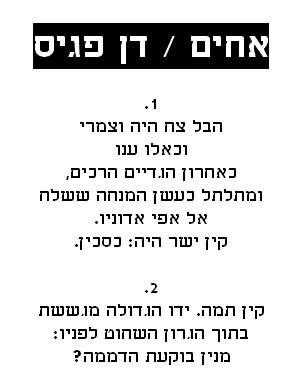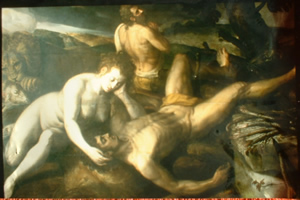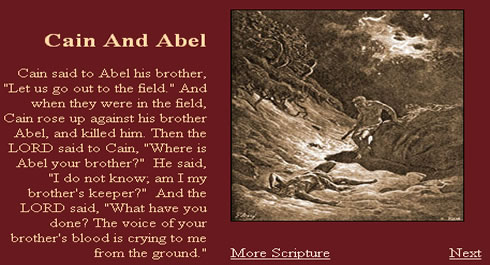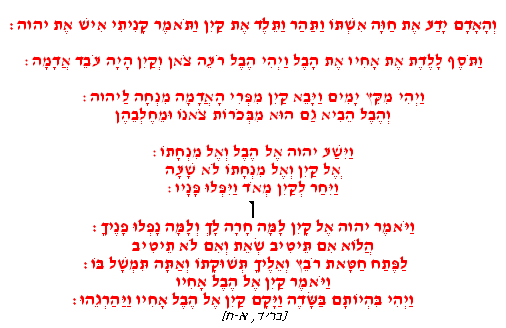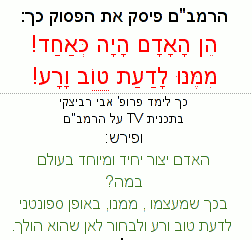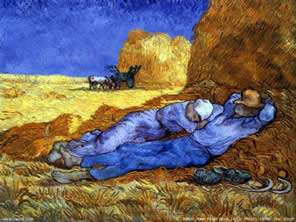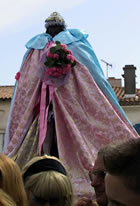See - in K.i.s.s.-Log 2008-05-26- my letter to the President of Israel, Yitzchak Navon, on May 26, 2080
|
Kayin&Hevel 2002_05_08 ; last
update: 2009_08_11
The relevance of the parable
is
I
remember to have read once in the Holy Hadith What is the pain of Kayin Why did Hevel act as "hevel"
In this case I want to
do - what I usually refrain from doing - The parable reveals the
deep reasons for human non-coexistence.
See
this website: But the story must be relevant
for me, I now want to stick to
the text and context of the parable
Before the message encoded
in the Abraham/Israel Saga starts to unfold, There
is the twofold story about Creation from polar perspectives. In
between there is the one realistic story about 2 realistic men.
The
questions behind the fourth chapter of Genesis are: When I used to teach this
story to students or teacher candidates, "tua res agitur", as the Romans said, it's you who are at stake. How can I sculpt this in
writing? And in English?
On April 14, 2012 , on a TV program about the Rambam (Maimonides) I learnt:
"And YHWH said:
The keyword of the story
about choosing choice is
This union results in the
first birth, the first human creation,
Hevel's name needs no association
to interpret it.
Kayin serves/works [oved]
the land [adamah]
Hevel
is pasturing sheep, i.e. is caring for creatures,
A not less important implication
in Hevel's identity is,
Israel's symbolic forefathers
are cast as wandering shepherds,
|
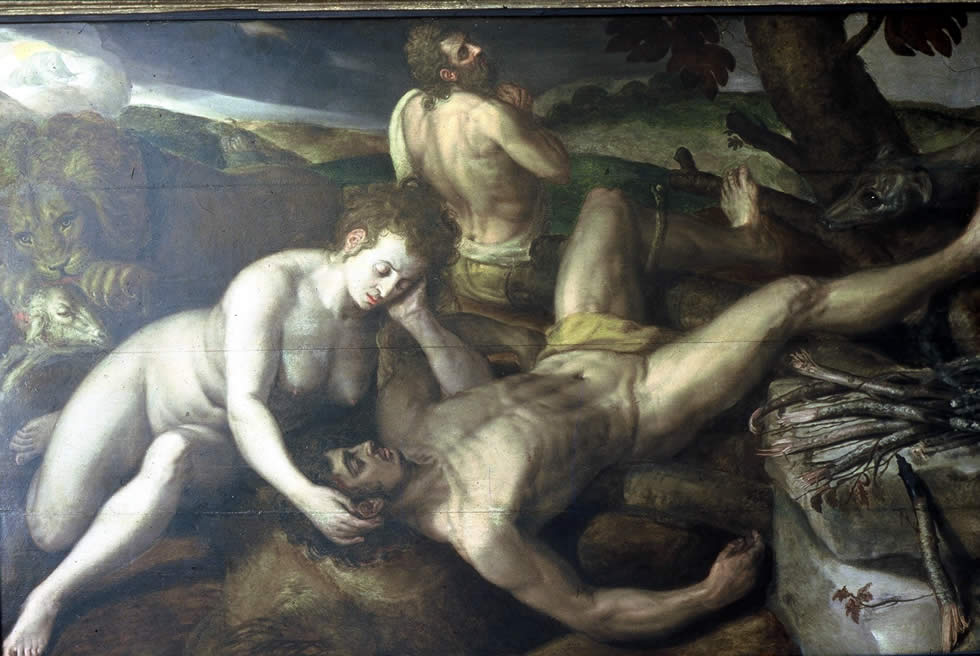
An anonymous painting, which I discovered in
a museum at Kassel, Germany, in 1986 (see details on the following pages)
2010
The Kayin & Hevel pages were
extended in Sept.-Oct. 2010,
by Fragments from my Novel, written in Sept.-Oct. 1974:
The Victory of the Defeated
Sept. 29, 1974: Fragments
of a Novel about Aisha , the Egyptian, and Azmeeyeh, the Palestinian.
I stopped writing when I felt the strength -in Nov. 1974- to move from writing
to
acting.
[But see "Azmeeyeh,
a survivor of Dir-Yassin", in the fragment of another novel, written
in English, 1980]
Introduction or Overvew: Sept. 29, 1974 -
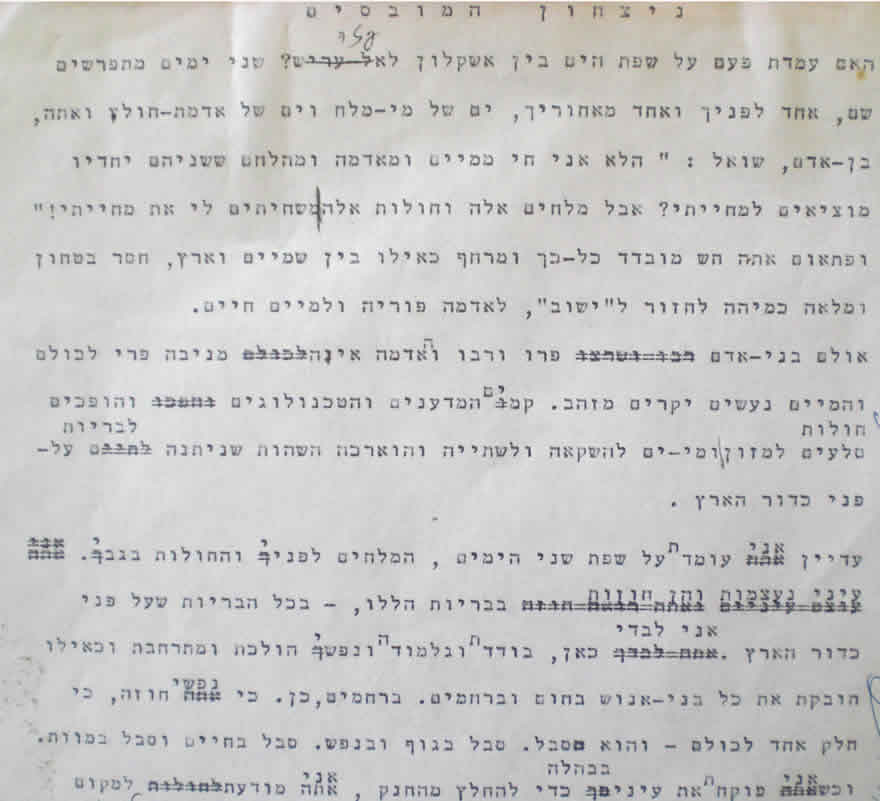
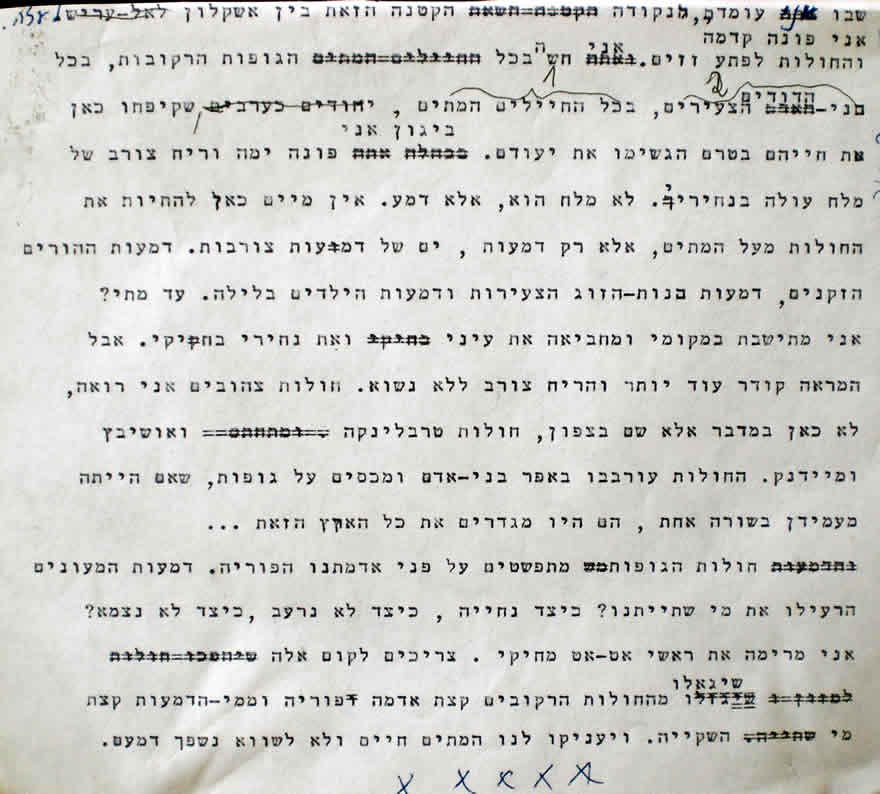
On Oct. 17, 1974 I noted a Temporary
Plan:
see at the end of
the fragments, now dispersed over the 5 Kayin & Hevel pages
page 2a (beginning?)
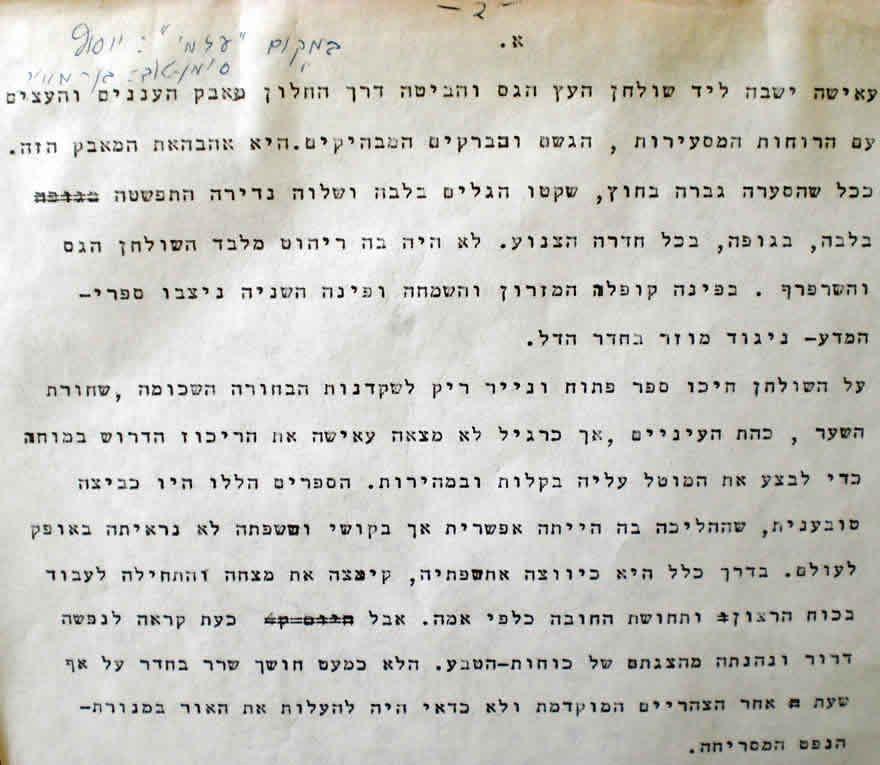
![]()
page 2b
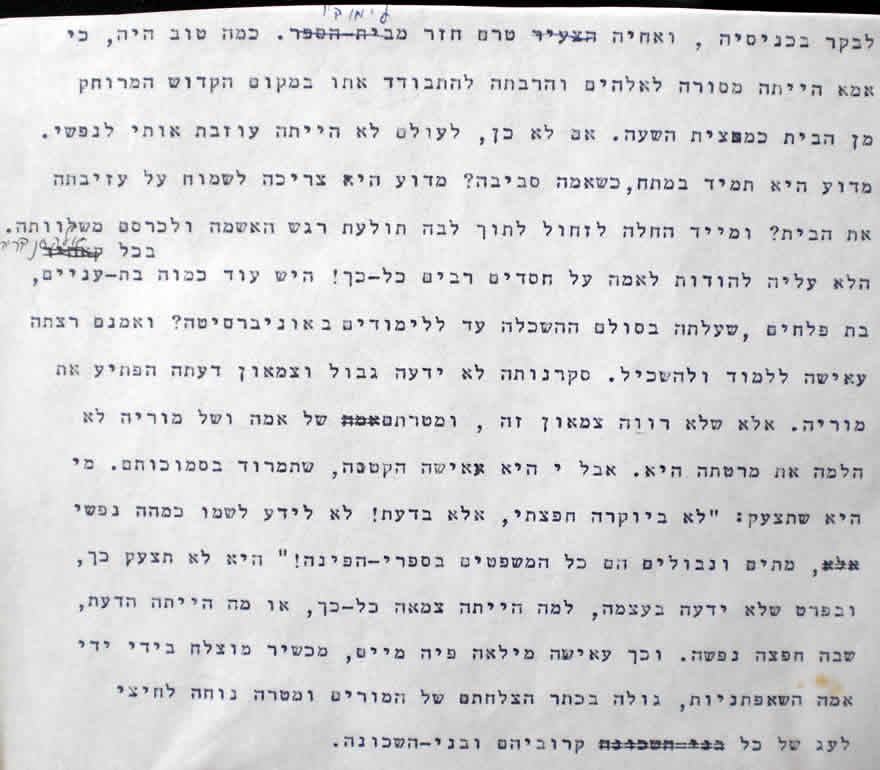
Page 3a
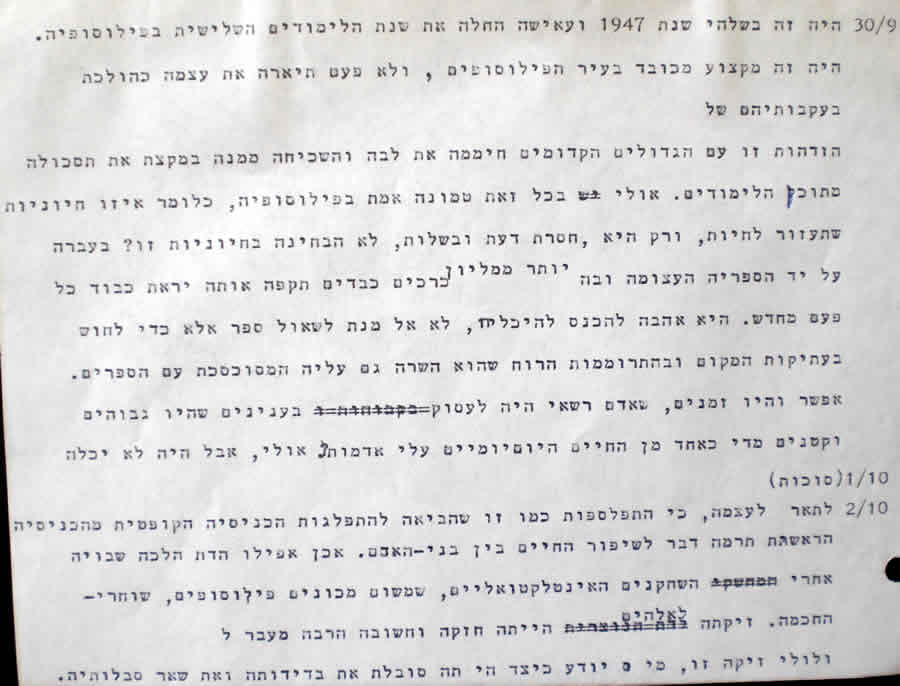
Page 3b
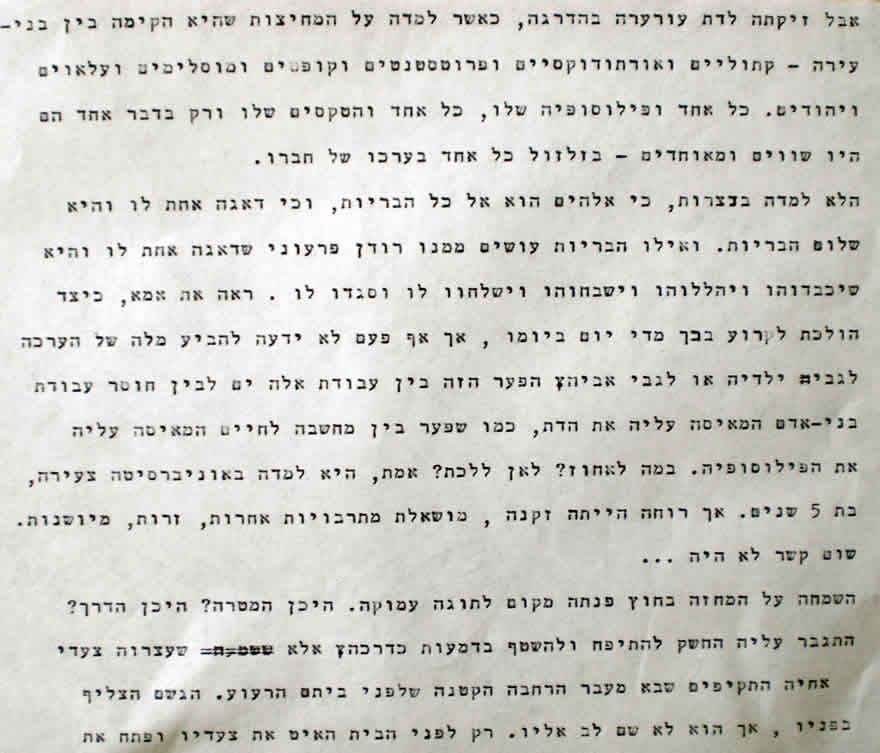
Page 4a
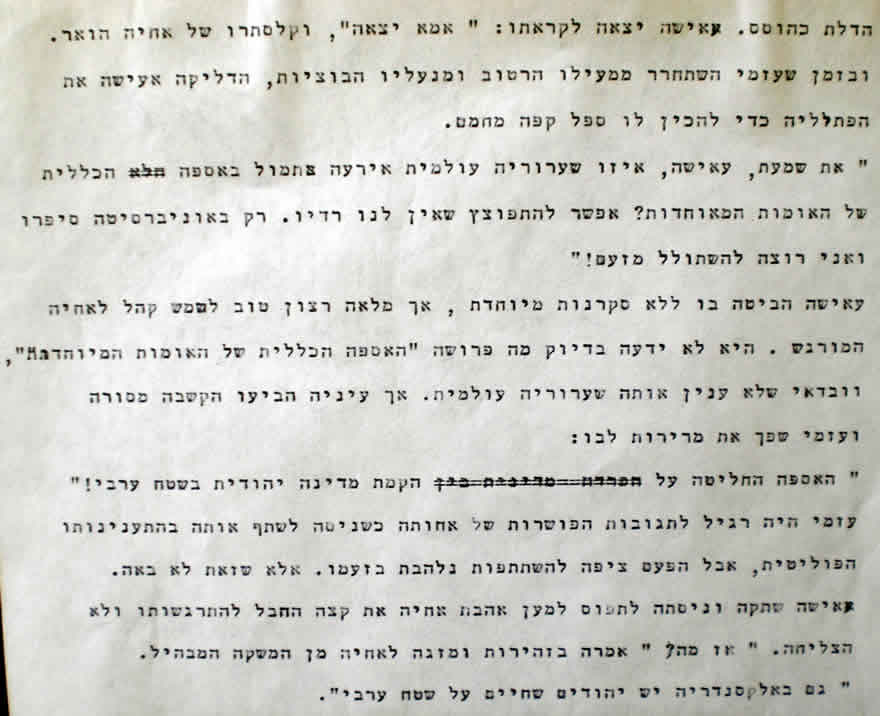
Page 4b
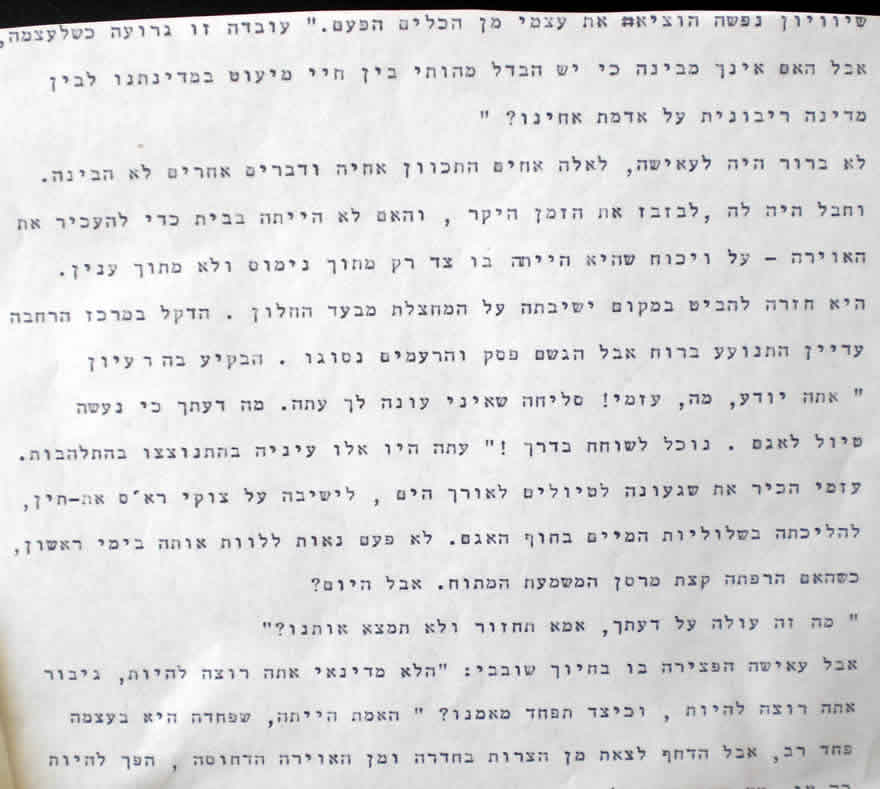
![]()
Page 5a
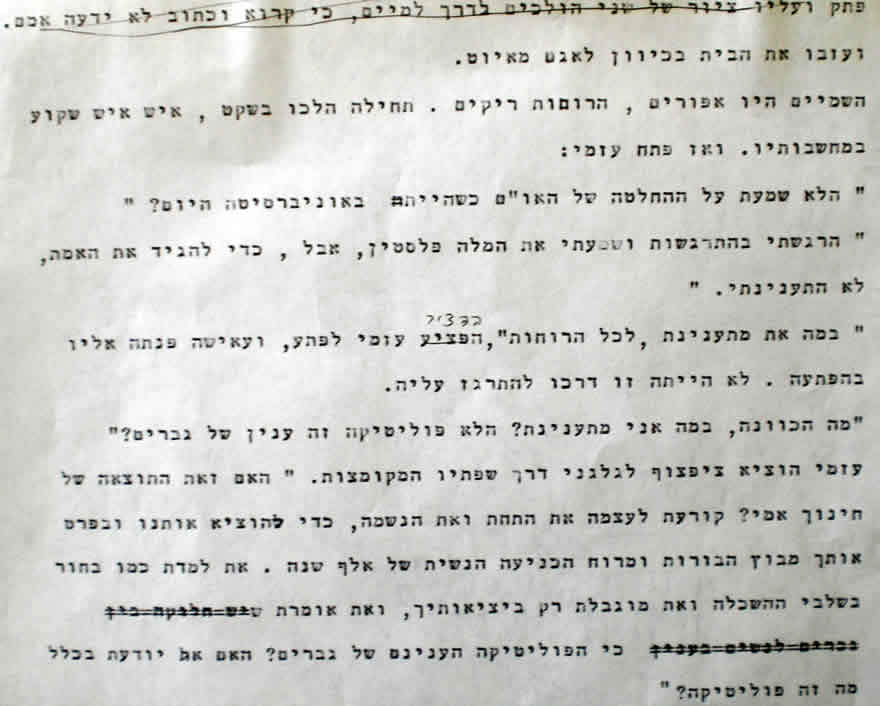
Page 5b
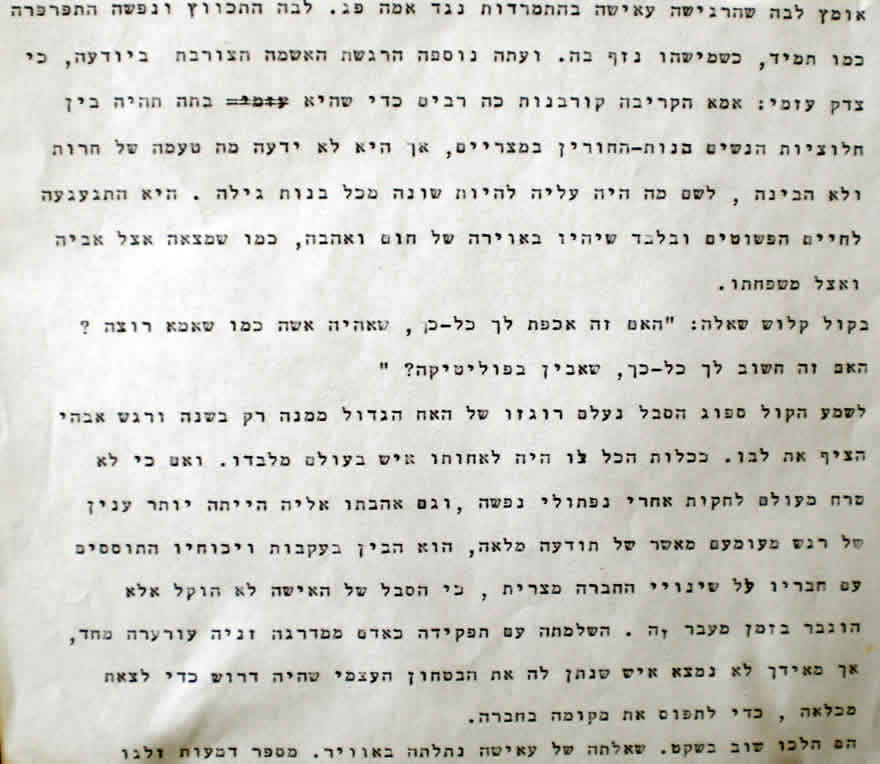
Page 7a
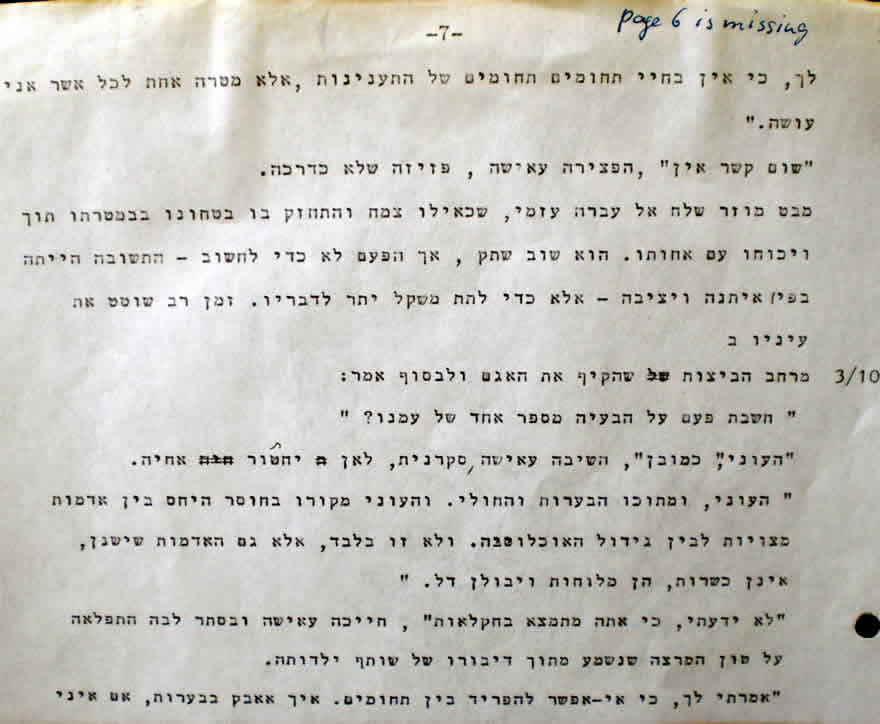
Page 7b

Page 9a

Page 9b

Page 10a

Page 10b

Page 11a

Page 11b

Page 12a

![]()
Page 12b

Page 13a

continuation on the second Kayin-Hevel page

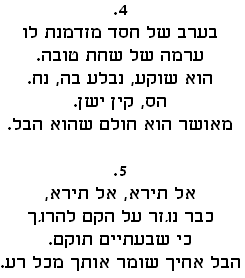 BR O T H E RS
BR O T H E RS 